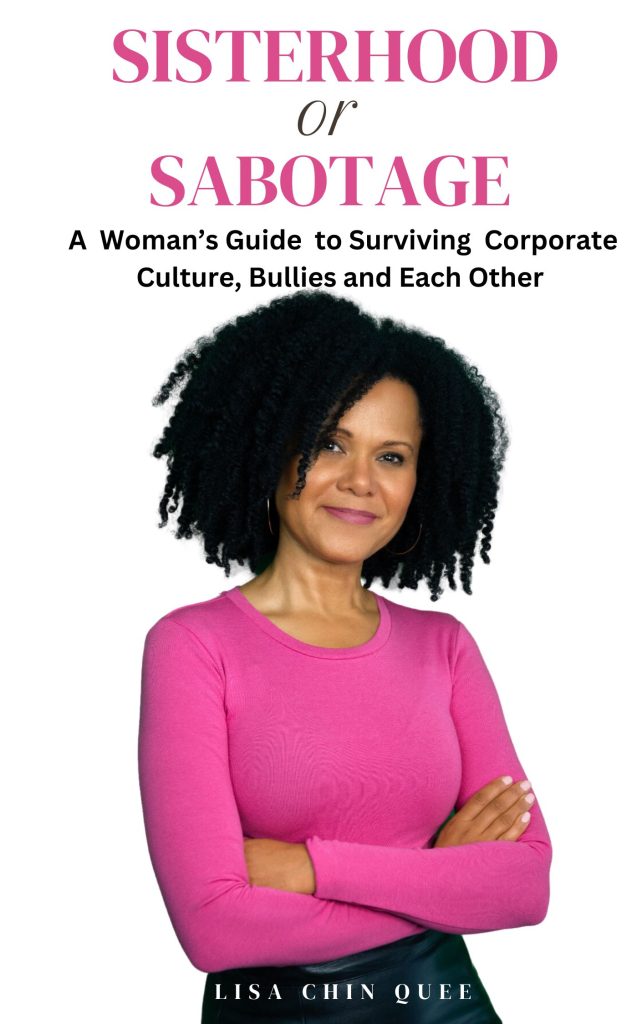Eating healthy these days isn’t just about eating your required nutritional amounts of fruits and vegetables or covering off the recommendations of the Canadian food guide. We, the consumers must take it a step further. It’s in our best interest to be mindful of farming practices used to get the food we eat to market.
For years the agricultural industry has been using pesticides to…
I’ve compiled a list of stores that sell organic produce and products within the GTA – it is by no means a complete list of all the stores or options available but it is a good place to start. Organic foods are generally more expensive, however, as with anything else, you can find deals and the store that best fits your budget.
Nature’s Emporium
Established in…
I was in Shoppers Drug Mart a couple days ago. I glanced over the magazine display as I typically do. And then: I stopped dead in my tracks. I saw something I have never seen in my lifetime. There were seven Black women gracing the covers of seven very prominent mainstream magazines. This is a big deal.
There was a time when you would never have seen this ( ahem, a few months ago). To have…
Fall 1992. Detroit.
I was in my 3rd. year at the University of Windsor (after taking a year off) located in Windsor, Ontario, Canada; the border city to Detroit, Michigan.
I lived in a red brick duplex, a two bedroom converted into a three bedroom by making the supposed living room an additional bedroom – by adding a futon and a dresser – this was my room. It worked. I had two…
Is feta cheese made from cow’s milk or sheep and goat’s milk? The answer may not be as obvious as you think. I recently had a chat with my mother about feta, that’s Greek Feta cheese. She like most everyone takes for granted that the feta cheeses sold in stores are all made from sheep or goat’s milk or a combination of the two and are from Greece. I informed her, that it’s not…
So, I had a frightening experience the other day. I was sitting in a small boardroom, gray walls, no windows except for a dark glass (two-way mirror) with about nine other strangers: 50 to 70 yrs. old. We were all corralled for a focus group to get our opinions and experiences, and in the middle of sharing my perspective in response to a particular question – my mind went blank.
By Lisa Chin Quee
Valentines Day: the most romantic day of the year – “most” in the sense of thousands of couples showing their adoration for each other on the official day of love. But as we all know, celebrating your love can happen any day of the year! Romance is more romantic when it’s unexpected.
Roses, chocolates, special dinners are all traditional ways of honoring your special…
Organic produce is better for us and on that I think most will agree. What people differ on is whether they trust that a brand is authentically organic or just packaged with the same old pesticides but sold at the premium organic sale price. A healthy dose of skepticism is always good which is why you should always do your own research.
In Canada there are different certification bodies that…
By Lisa Chin Quee
As October approached, I remembered it was Breast Cancer Month. It had me thinking about cancer. My curiosity about how donations were distributed and what was being done as it relates to prevention took root. I decided to do some research. Well, my question then turned into various answers and even more questions, which lead me to disappointment but then to what can be done…
By Lisa Chin Quee
Recent headlines dominating the newspapers, T.V news reports and social media are of those in Hollywood speaking up and confronting their sexual abusers.
As I read those headlines, in my mind and heart I commend those for finally being able to stand up, without fear of social ridicule, without fear of recriminations, without fear of not being believed, without fear of losing…




